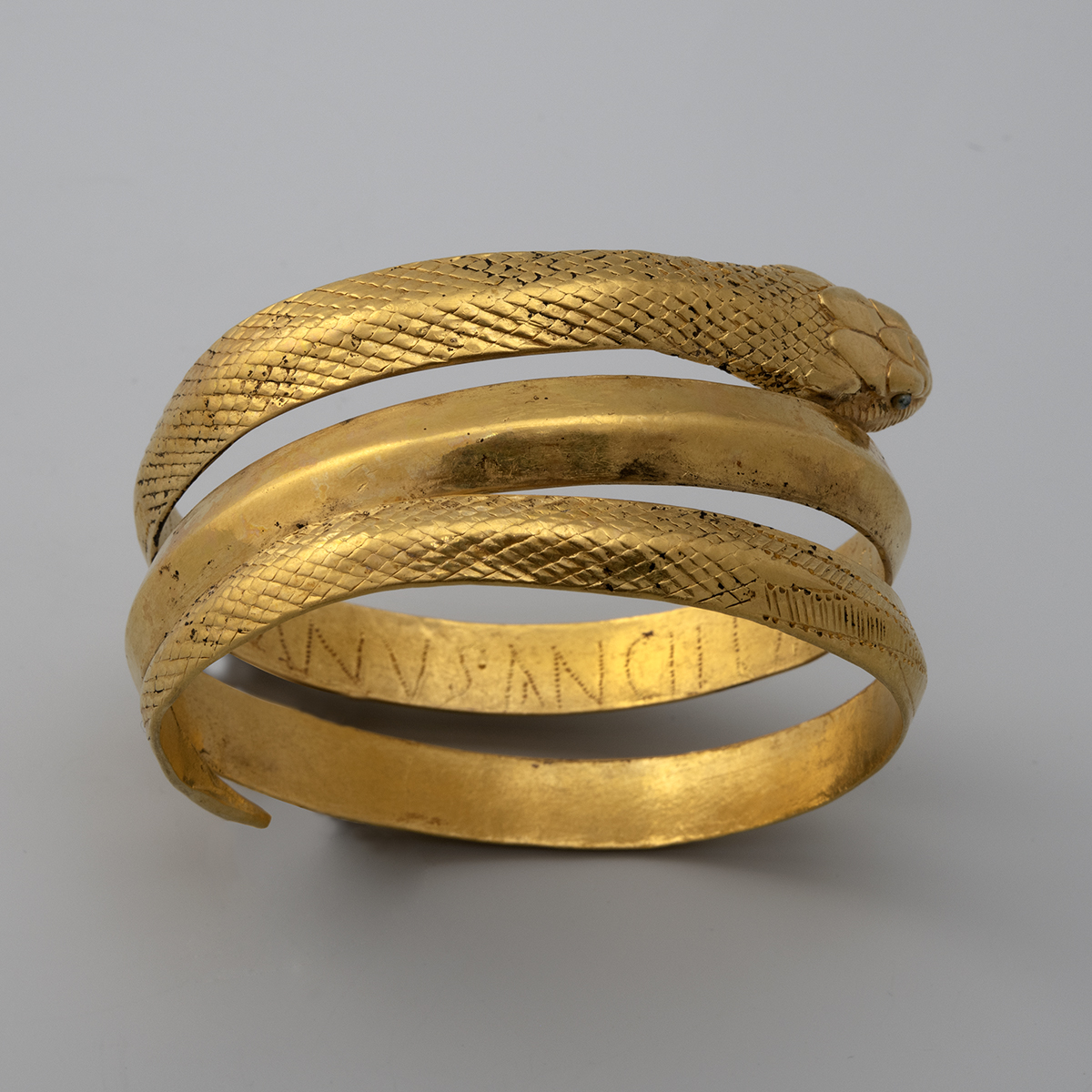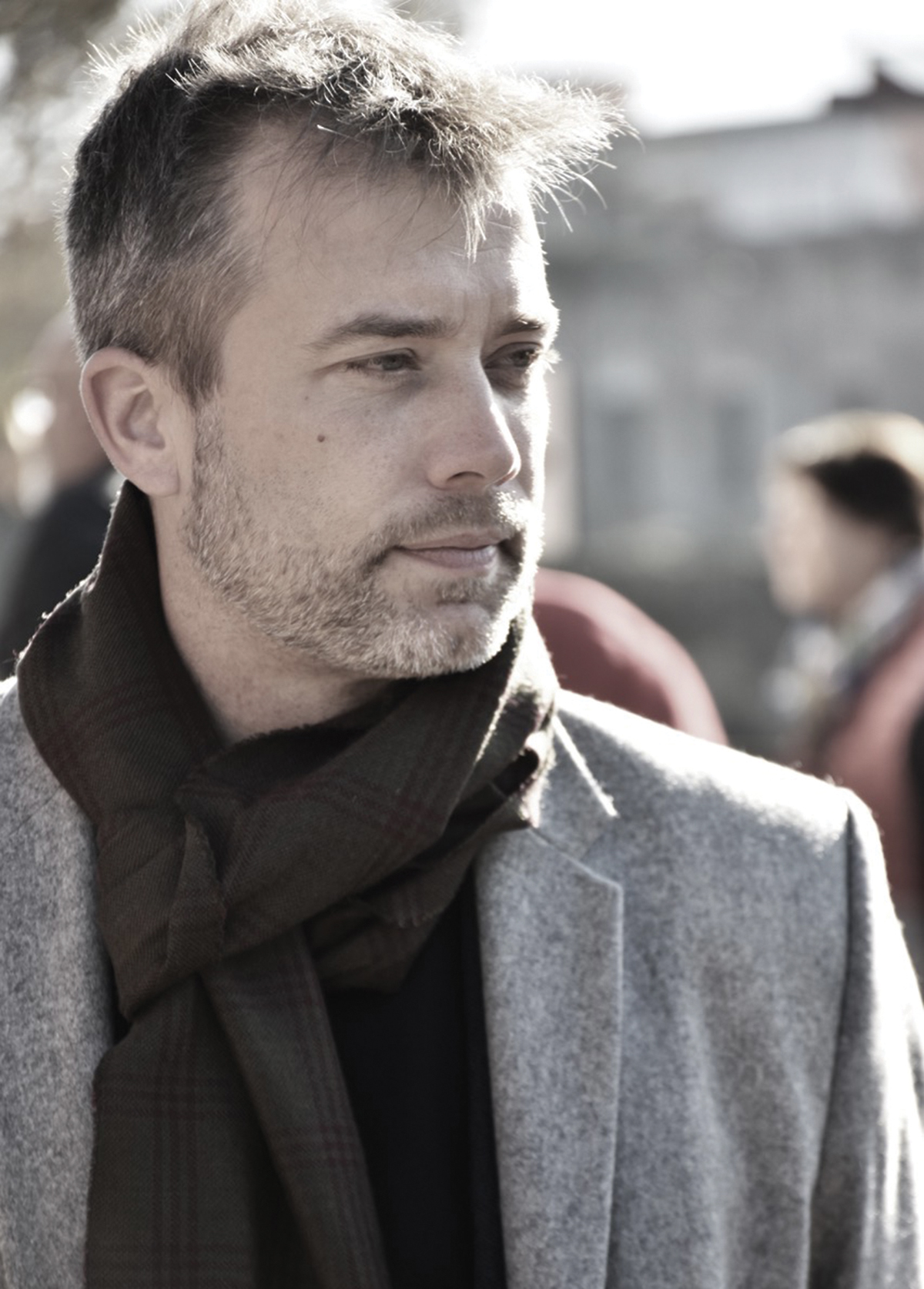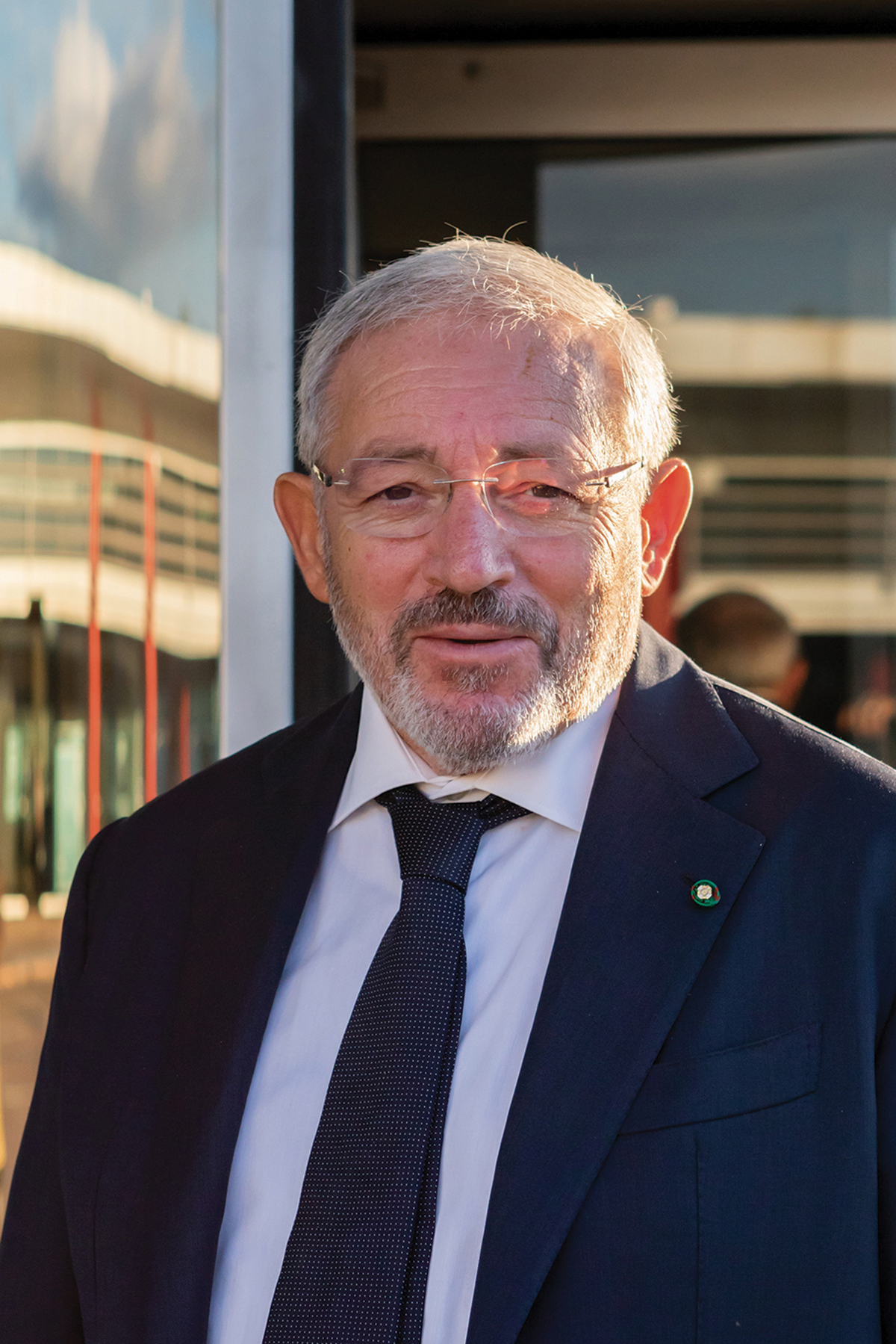
Tarì: “Ornamenta” al via il dialogo tra archeologia e oreficeria
L’accordo culturale “Ornamenta: i gioielli della Campania da Pompei alla contemporaneità”, vede l’impegno scientifico del Parco Archeologico di Pompei e il sostegno di attività di valorizzazione, conservazione e indagini gemmologiche del Centro orafo il Tarì su reperti conservati a Pompei. Il progetto prevede una mostra (5/14 maggio) presso il Tarì che sarà inugurata in occasione di Open (dal 5 all’8 maggio), con circa 100 gioielli databili fra il I sec. aC. e il I sec. d.C., provenienti da Pompei e da siti del territorio vesuviano, per raccontare come nasce e si sviluppa in antico la tecnica e l’uso degli ornamenta; e di un percorso formativo – da maggio a ottobre – destinato ai giovani allievi della Scuola orafa de Il Tarì.

Partendo dal contesto storico-culturale degli oggetti in mostra, attraverso un ciclo di lezioni a cura del Parco sulle antiche tecniche di lavorazione dei metalli e dei gioielli, gli allievi ideeranno creazioni, affidate a giovani artigiani e presentate poi in un’asta pubblica, il ricavato contribuirà a sostenere la ricerca e la tutela del patrimonio culturale.

“Il patrimonio archeologico, ma anche quello immateriale di tradizioni e saperi antichi, rappresentano un valore che rende Pompei e la Campania uniche nel mondo. Attraverso questo progetto vogliamo condividere la conoscenza delle antiche tecniche affinché le nuove generazioni di orafi e orafe siano consapevoli della ricchezza culturale che questo territorio può esprimere grazie all’archeologia ancora oggi nei settori più variegati, dall’arte all’agricoltura e all’artigianato.” Dichiara il Direttore del Parco archeologico di Pompei, Gabriel Zuchtriegel.

“Ho pensato per molto tempo che possa esistere un gene, nel Dna dei nostri gioiellieri, che provenga da un passato tanto lontano, e che possa essersi tramandato nei secoli fino alle moderne generazioni questa occasione offre lo spunto per tracciare un filo di continuità tra passato e presente, e per sottolineare il profondo legame che la straordinaria arte della gioielleria napoletana ha con il territorio altrettanto straordinario che la accoglie. La realizzazione di questo grande desiderio non sarebbe stata possibile senza la piena condivisione del nostro progetto da parte del direttore del Parco archeologico di Pompei, Gabriel Zuchtriegel, al quale sono molto grato e che avremo modo di incontrare al Tarì in occasione della inaugurazione della Mostra”.
Il commento di Vincenzo Giannotti, presidente del Centro Orafo e copromotore del progetto.
Tarì: “Ornamenta” dialogue kicks off between archaeology and goldsmithing
The cultural agreement, “Ornamenta: the jewels of Campania from Pompeii to the contemporary,” sees the scientific commitment of the Archaeological Park of Pompeii and the support of activities for the enhancement, conservation and gemological investigations of the Centro orafo il Tarì on finds preserved in Pompeii. The project includes an exhibition (May 5/14) at Il Tarì that will be inaugurated on the occasion of Open (May 5 to 8), with about 100 pieces of jewelry dating between the first century B.C. and the first century A.D., from Pompeii and sites in the Vesuvian area, to tell how the technique and use of ornamenta were born and developed in ancient times; and a training course – from May to October – for young students of Il Tarì’s Goldsmith School.
Starting from the historical and cultural context of the objects on display, through a series of lectures curated by the Park on ancient metalworking and jewelry techniques, the students will devise creations, entrusted to young artisans and then presented in a public auction, the proceeds of which will help support research and protection of cultural heritage.
“The archaeological heritage, but also the intangible heritage of ancient traditions and knowledge, represent a value that makes Pompeii and Campania unique in the world. Through this project we want to share the knowledge of ancient techniques so that new generations of goldsmiths and goldsmiths are aware of the cultural wealth that this territory can express thanks to archaeology still today in the most varied sectors, from art to agriculture and crafts.” Says Pompeii Archaeological Park Director Gabriel Zuchtriegel.
“I have thought for a long time that there might be a gene, in the DNA of our jewelers, that comes from such a distant past, and that it might have been passed down through the centuries to modern generations-this occasion offers the cue to draw a thread of continuity between past and present, and to emphasize the deep connection that the extraordinary art of Neapolitan jewelry has with the equally extraordinary territory that welcomes it. The realization of this great desire would not have been possible without the full sharing of our project by the director of the Archaeological Park of Pompeii, Gabriel Zuchtriegel, to whom I am very grateful and whom we will have the opportunity to meet at Tarì on the occasion of the opening of the Exhibition.”
The comment by Vincenzo Giannotti, president of the Goldsmith Center and co-sponsor of the project.

POST COMMENT
Devi essere connesso per inviare un commento.